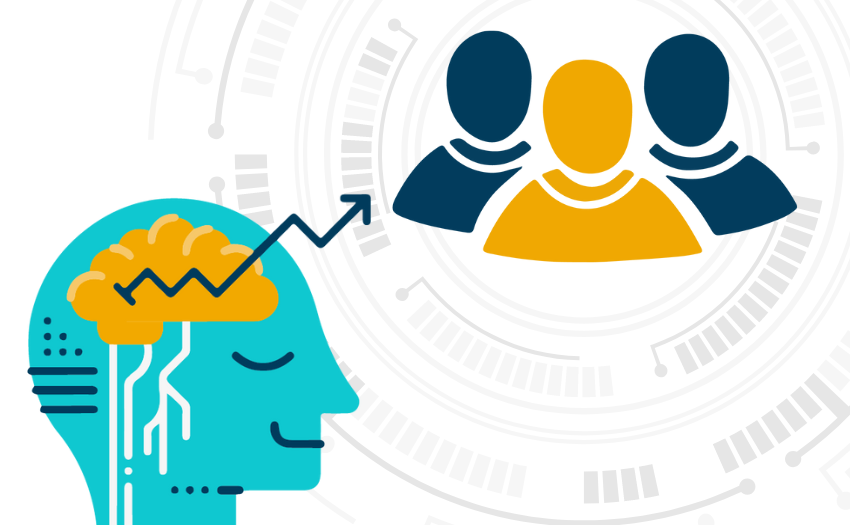Customer-centricity is where Netflix shines. The streaming platform provides an array of content catering to a diverse global customer base and continuously expands its library of movies, TV shows, documentaries, and original content.
In fact, when you travel to another country and open your Netflix account, you’ll find content catering to the local demographic.
But it's not just the variety of content that makes Netflix customer-focused–it’s the personalized experience provided to each customer. The platform utilizes sophisticated algorithms to recommend content based on a user’s viewing history, helping Netflix subscribers discover new shows and movies in their favorite genres.
With various subscription plans to choose from and many ways to stream content across multiple devices–including options for multiple user profiles and the ability to download content for offline viewing, Netflix successfully meets the varying needs of its audience.
Zappos
The Zappos website reads, “Learn more about our service company, which just happens to sell shoes, clothing, and more.” As consumers, we often view brands through the lens of the products they sell–but Zappos challenges that concept–they provide customer service first and products second.
Zappos offers free shipping and returns and a liberal 365-day return policy that gives customers plenty of time to decide whether or not to keep an item.
Moreover, Zappos prides itself on its empathic customer service team, which is available 24/7. By hiring emotionally intelligent employees and providing each with opportunities for continued interpersonal upskilling, they can understand and anticipate customers' needs and emotions, leading to meaningful and positive customer interactions.
With detailed product pages and reviews, options for buyers to change their minds at no cost, and high-end customer service, the successful online retailer has rightfully earned its spot on this list.
Apple
What do most Apple customers have in common? They don’t have just one, but multiple Apple devices. The household name brand has developed a seamless and intuitive user experience across its trailblazing devices, allowing customers to share, store, and protect information in the cloud.
The design of the iPhone and Mac devices is functional and straightforward to meet the needs of their customers spanning across all geographic regions and ages.
To ensure alignment with their mission of simplicity, Apple prioritizes customer feedback when developing new products and features to make improvements.
Finally, Apple strives for a convenient customer support experience through chat, phone, the Apple Support app, and social media. Support agents are known to be responsive and, above all, knowledgeable technicians who offer quick solutions.
Nike
Nike is a worldwide symbol of athleticism, strength, and culture.
The athletic apparel brand listens to customers and incorporates their feedback into product development. For example, robust product testing–having real people wear prototypes–provides the Nike design team with in-depth knowledge on how to make their clothing and gear more comfortable and fashionable.
Steadfast in delivering positive customer experiences, Nike offers multiple ways to shop via a mobile app, physical locations, and online stores. To further personalize the buying journey, Nike sends tailored product recommendations and offers based on account history.
Combine Nike’s emphasis on customer feedback and personalization with its winning customer service strategy, and it becomes clear why the brand has created an army of dedicated athletes donning the logo today.
Conclusion
